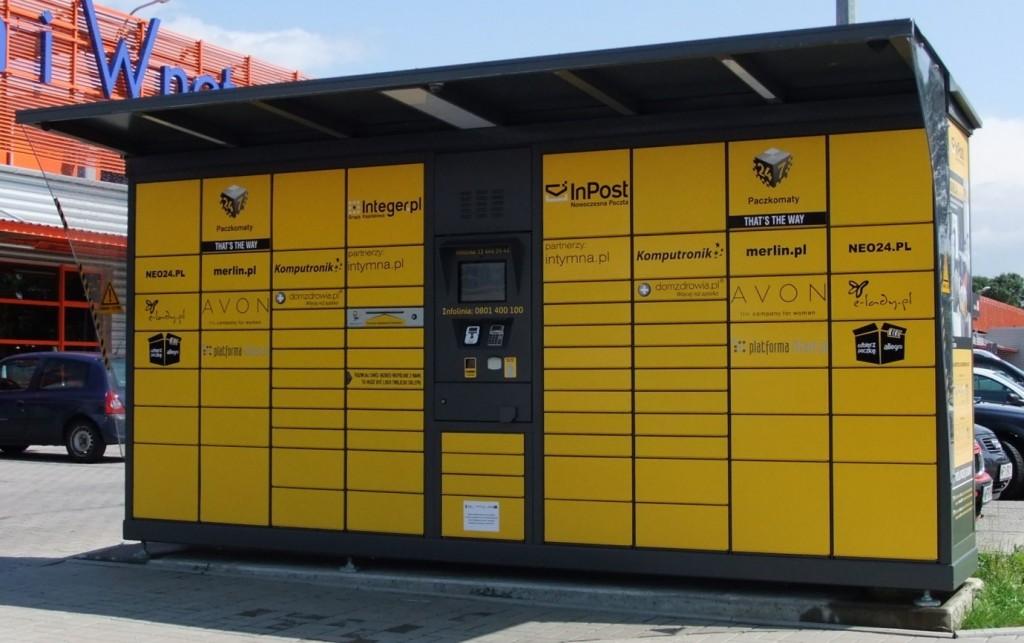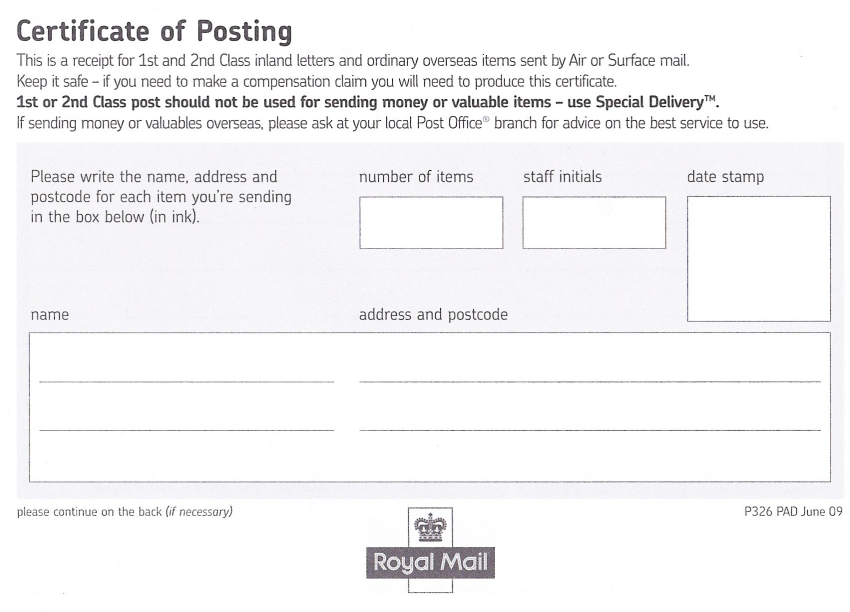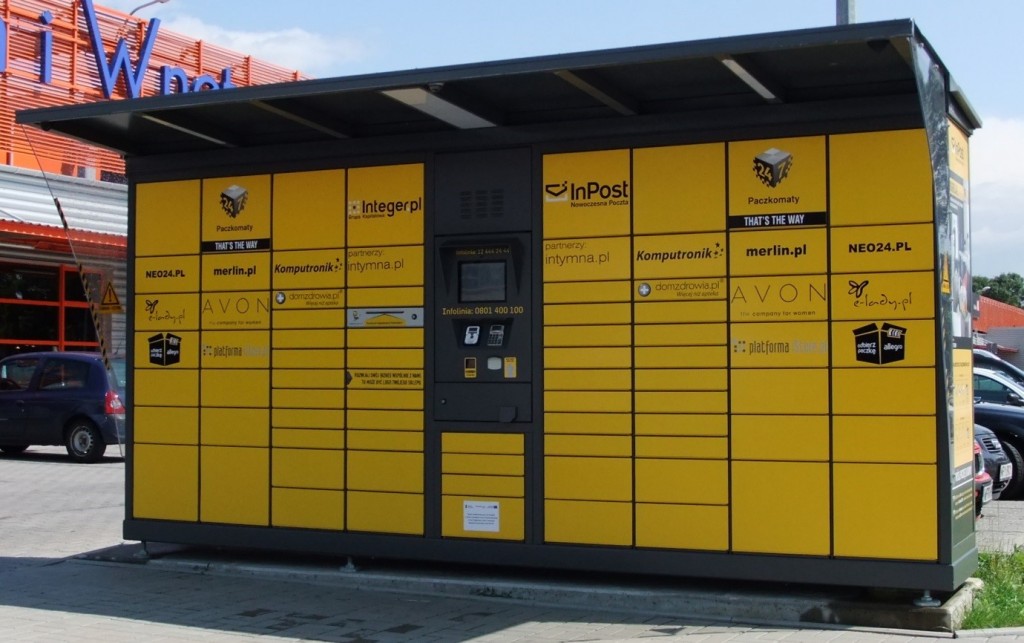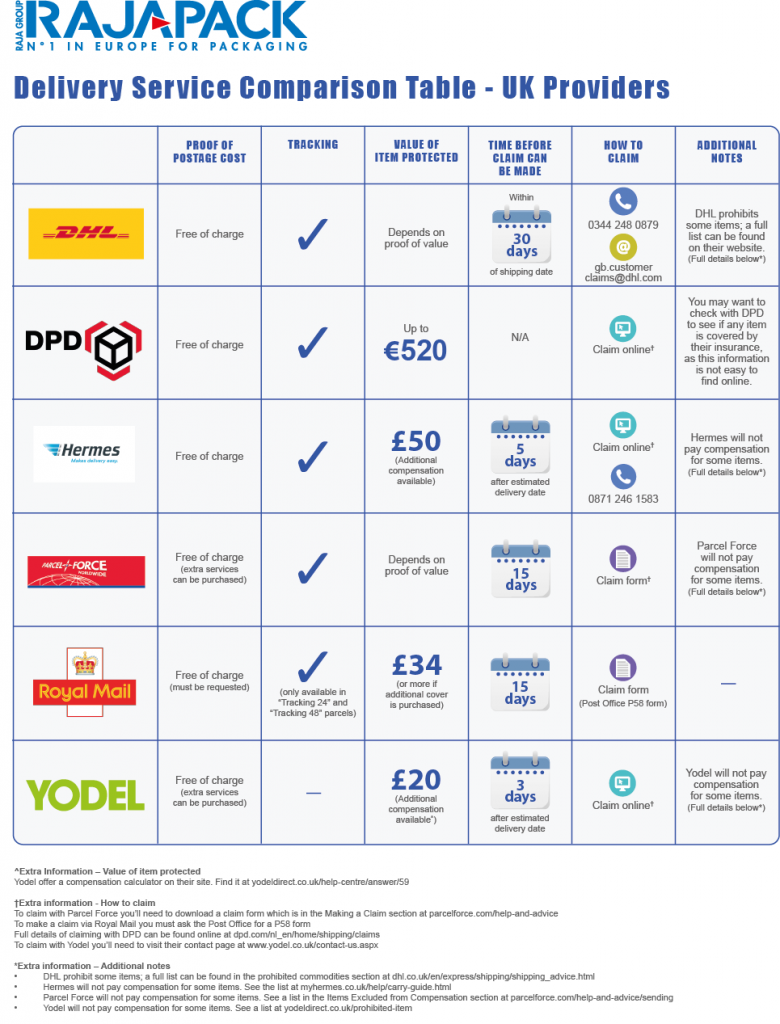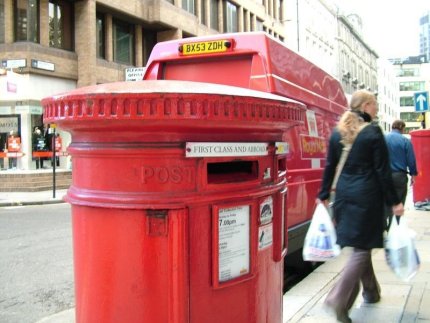An estimated 500,000 letters are lost in the post each week in the UK. Of these, 400,000 never arrive, and 100,000 will be over two weeks late. If you’re sending anything important, it’s therefore vital you make sure it’s protected.
The most common way to protect your post is to acquire a certificate of postage. This practice has been standard for powersellers of websites like eBay for many years, with proof of postage compulsory when defending a claim for a lost parcel. As a seller, lacking proof of postage means you are responsible for any resulting refunds. Depending on the item sold, this could be very expensive. If, on the other hand, you have proof of postage, then you can claim compensation from the Post Office.
Proof of postage is not without its faults however, and many experts would now recommend proof of delivery instead. We talked to Chris a.k.a Mountie, co-founder and editor of Tamebay, about the advantages of proof of delivery:
“Proof of postage is pretty worthless to both consumers and retailers; although often asked for, it can be confused with proof of delivery, a much more valuable service. It’s the retailers responsibility to get their item to their customer and all proof of postage can be used for is a claim against a courier if the item doesn’t arrive.
Proof of delivery however has many more uses and is generally something consumers like; not so much that they need to be told that their item has arrived, but more that they can track their purchase along its journey and know when to expect it. However times are changing and some retailers are falling behind the curve.
Royal Mail is due to add bar codes to all parcels within the UK later this year. This will enable them to scan at the point of delivery and raises the question, ‘do retailers actually need a signature for proof of delivery or is a scan at the door step acceptable?’ Of course sometimes, due to the item value, you may require a signature. Typically when receiving a high value item, a signature is customary and many payment providers, including the best known in the UK – PayPal, insist on proof of delivery including a signature.
There are new services coming to the market which make signature on delivery even less neccessary. Services such as locker locations (e.g. InPost.co.uk), home delivery bins (e.g. Pelipod.com) or click and collect locations (e.g. Doddle.it) all create debate. If the item is to be delivered to a convenient location for collection (and often this will be a consumer driven choice which even the retailer may be unaware of), insisting on a signature from the recipient may cause complications in the delivery process whereas a scan would work perfectly.
From a personal perspective, I remember a customer calling to enquire as to the whereabouts of a rather expensive item of computer equipment sold on eBay. Fortunately, by using a tracked delivery I could tell them the exact time and date it was delivered to their company. The response was interesting; “Oh, I actually purchased two of these and yours was the second one I bought, it must be the first one that hasn’t arrived!” Without proof of delivery I’d have probably had to foot the bill and that’s why I always use proof of delivery when selling any relatively valuable item on eBay in particular, or online in general.”
We also talked to professional designer Thom Milson, who made the mistake of having no proof of delivery:
“I once sent some work to the Ukraine – just before the issues with Russia really escalated – and I had made sure that I had proof of postage, as sending prints to Europe can cost quite a fair whack. A few weeks had passed and I hadn’t heard anything from the customer, so I threw out the proof of postage receipt to declutter my work space a bit, assuming they had received the package okay (I’d sent it first class). It was a day or two later that I received an email claiming the parcel hadn’t arrived. I suddenly had no proof of postage or delivery to back up my claim and I had to refund the customer in full.
It’s vital to get proof of delivery instead of proof of postage, especially if it’s expensive. With proof of delivery you know for sure whether they have received their parcel, and have the proof to back yourself up if they claim otherwise”
How the different courier services compare
Depending on who you are posting with, the process involved for proof of delivery will vary slightly. We have worked up a useful delivery service comparison table which you can use to see the most frequently-used parcel carriers and their proof of delivery policies – as well as how to claim compensation if your parcel goes missing.
Extra Information – Value of item protected
Yodel protect the item with £20 additional compensation available. There is a calculator on their site here.
†Extra information – How to claim
With Yodel & Parcel Force, its best practice to send them pictures of the package before it was sent. To make a claim with Parcel Force, you’ll need to download a claim form from their website here. When sending the claim forms back, make sure you include proof of the items value, such as a receipt. It also helps if you have pictures of the parcel before it is sent as proof of proper packing.
To make a claim via Royal Mail you must ask the Post Office for a P58 form. This form must be accompanied by the original proof of postage and, once posted, can take 6 to 8 weeks to be processed.
To claim via Yodel you’ll need to visit their contact us page which can be found here.
Claiming with DPD is quite a thorough process – full details of which can be found here.
*Extra information – Additional notes
- DHL prohibit some items; a full list can be found here.
- Hermes will not pay compensation for some items. See a list here.
- Parcel Force will not pay compensation for some items. See a list here.
- Yodel will not pay compensation for some items. See a list here.
Just to rubber stamp what we’re saying…
Proof of delivery is a must these days – especially if you run a business. However, what’s on offer, and which courier would be best for you, all depend on what you are posting. Most commonly posted parcels will be fine with Royal Mail; however they will only protect an item up to the value of £34 –unless you pay for extra services. Larger or more valuable items may be better sent with a private courier who offers a higher level of cover. These companies often offer larger levels of cover and compensation, but they can also cost a little extra. Whichever you choose, it’s important to be properly covered.







